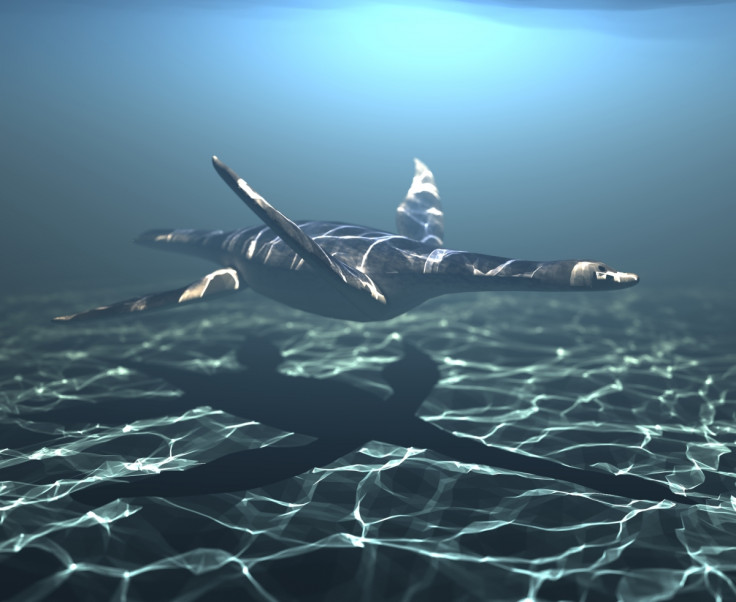Plesiosaur: Ancient marine-dinosaur flapped its flippers 'like a penguin'
Researchers have deciphered that the plesiosaur would have flapped its flippers in the same manner of a penguin to navigate its way around the ocean. The ancient sea-dwelling dinosaur, which lived approximately 66 million years ago, was an unusual four-flippered giant, but its swimming technique has remained a mystery.
However, researchers heralding from the US and the UK have used computer simulations to emulate how the plesiosaur – which could have grown up to 15m – would have swam. The four flippers that it would have had are unique and different to any animal that lives today, which has left scientists baffled.

They found the most effective motion would have been using its front two flippers, like how a penguin would swim. The back flippers would have been used for steering and stability – previous beliefs were that they would have been used for speed, according to the study published in PLOS Computational Biology.
The team, led by Greg Turk from the Georgia Institute of Technology and in collaboration with palaeontologist Adam Smith at Wollaton Hall, Nottingham Natural History Museum, simulated thousands of techniques, and concluded this would have been the most probable.
More simulations will be needed to gain a better understanding on the degree of agility of the plesiosaurs rear flippers.
"Plesiosaur swimming has remained a mystery for almost 200 years, so it was exciting to see the plesiosaur come alive on the computer screen," said Smith. "Our results show that the front limbs provide the powerhouse for plesiosaur propulsion while the hind limbs are more passive.
© Copyright IBTimes 2025. All rights reserved.






















